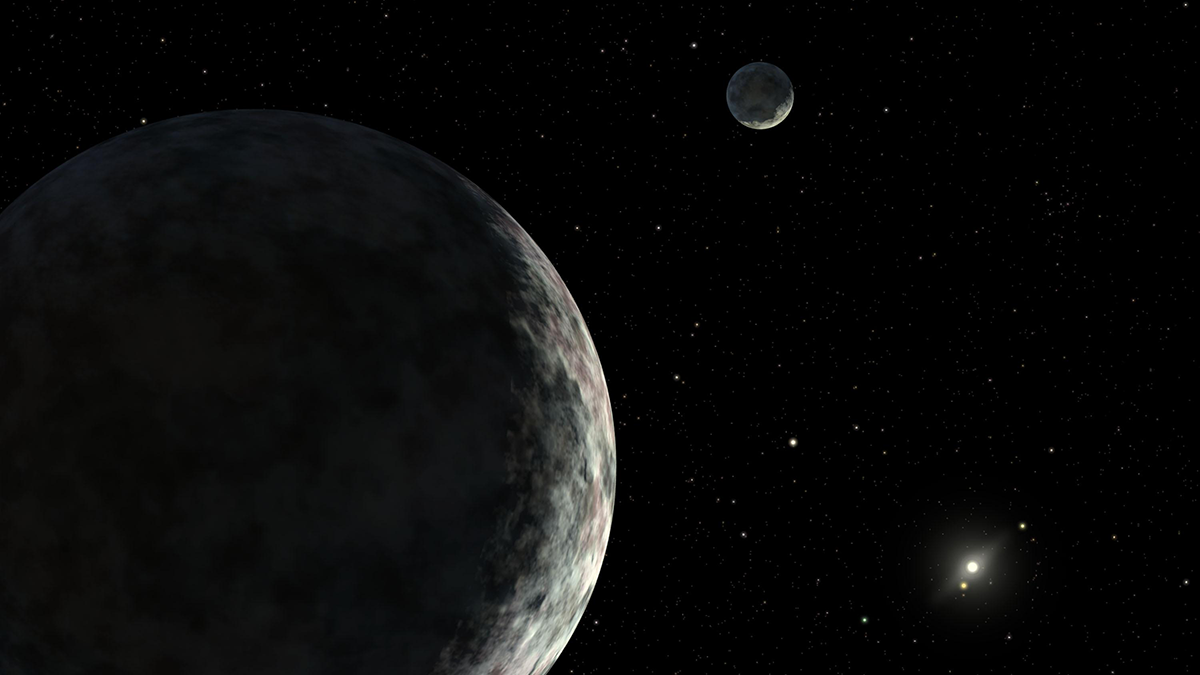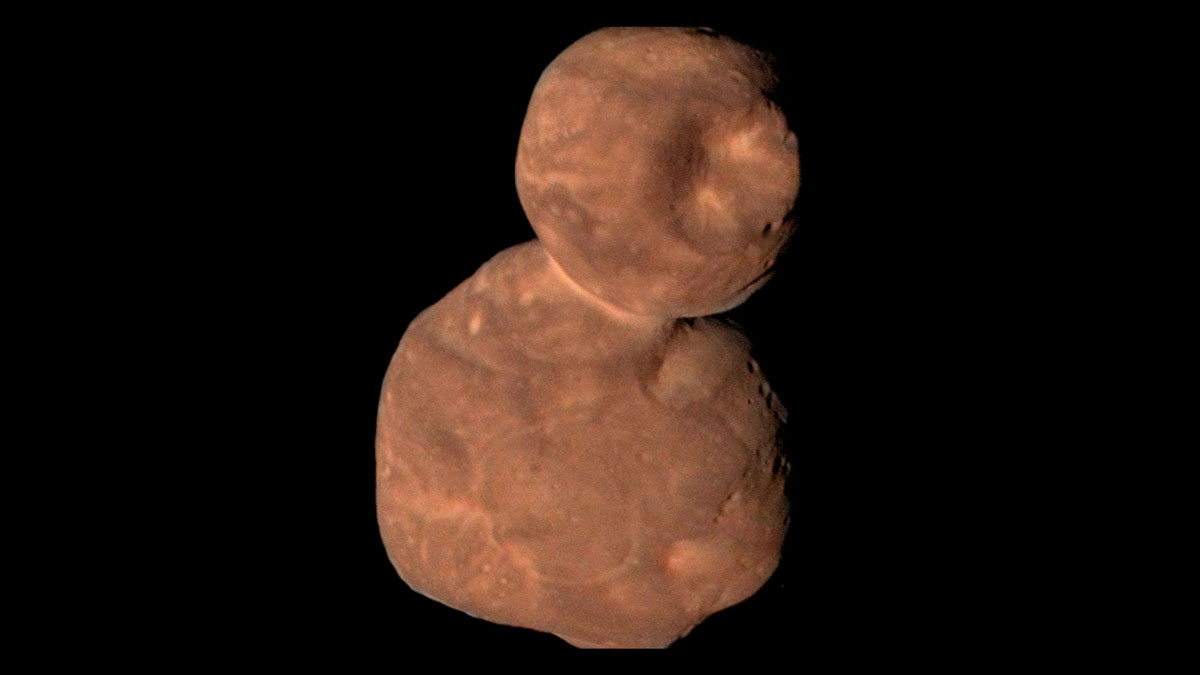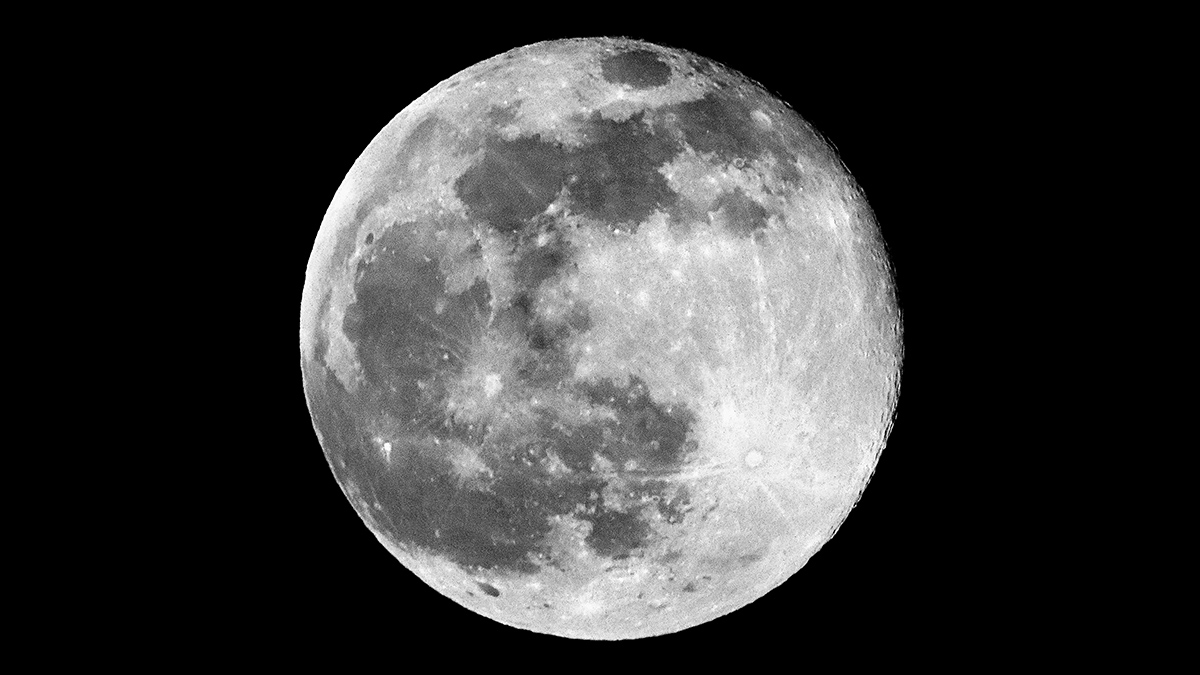For decades, a lunar whodunit has puzzled scientists: Did the Moon’s internal layers flip during its formation? Old data might hold the evidence to solve this cold case.
planetary evolution
Los planetas enanos muestran evidencias de reciente actividad geológica
Los grandes cuerpos del Cinturón de Kuiper y más allá podrían haber albergardo océanos en la subsuperficiales.
Dwarf Planets Show Evidence of Recent Geologic Activity
Large bodies in the Kuiper Belt and beyond could have hosted subsurface oceans.
The End of the Eclipse
Scientists are studying how the Earth–Moon distance has changed over time, and what effect that change might have had on our planet. Future changes will extinguish total solar eclipses entirely.
Hiroshima Fallout May Offer a Glimpse of the Early Solar System
Bits of glass called Hiroshimaites may have formed by processes similar to those that formed the Sun and the planets.
Tales and Textiles Can Communicate the Science of Planets
Artists are working with a scientist and a writer to boost public understanding of the science of planetary interiors.
La Luna es incluso más antigua de lo que los científicos pensaban
¿Cómo se formó la Luna y cuántos años tiene? La datación más precisa hasta el momento del satélite más grande de la Tierra determinó que es mucho más antigua de lo que se pensaba previamente.
Arrokoth’s Mounds Hint at How Planetesimals Form
The most remote world ever seen up close is a mash-up of smaller pieces.
The Moon Is Even Older Than Scientists Thought
How did the Moon form and how old is it? The most precise dating yet of Earth’s largest satellite found that it is much older than previously thought.
Five Martian Mysteries That Have Scientists Scratching Their Heads
Despite centuries of study and many spacecraft visits, the Red Planet still holds secrets. Here are just a few.










